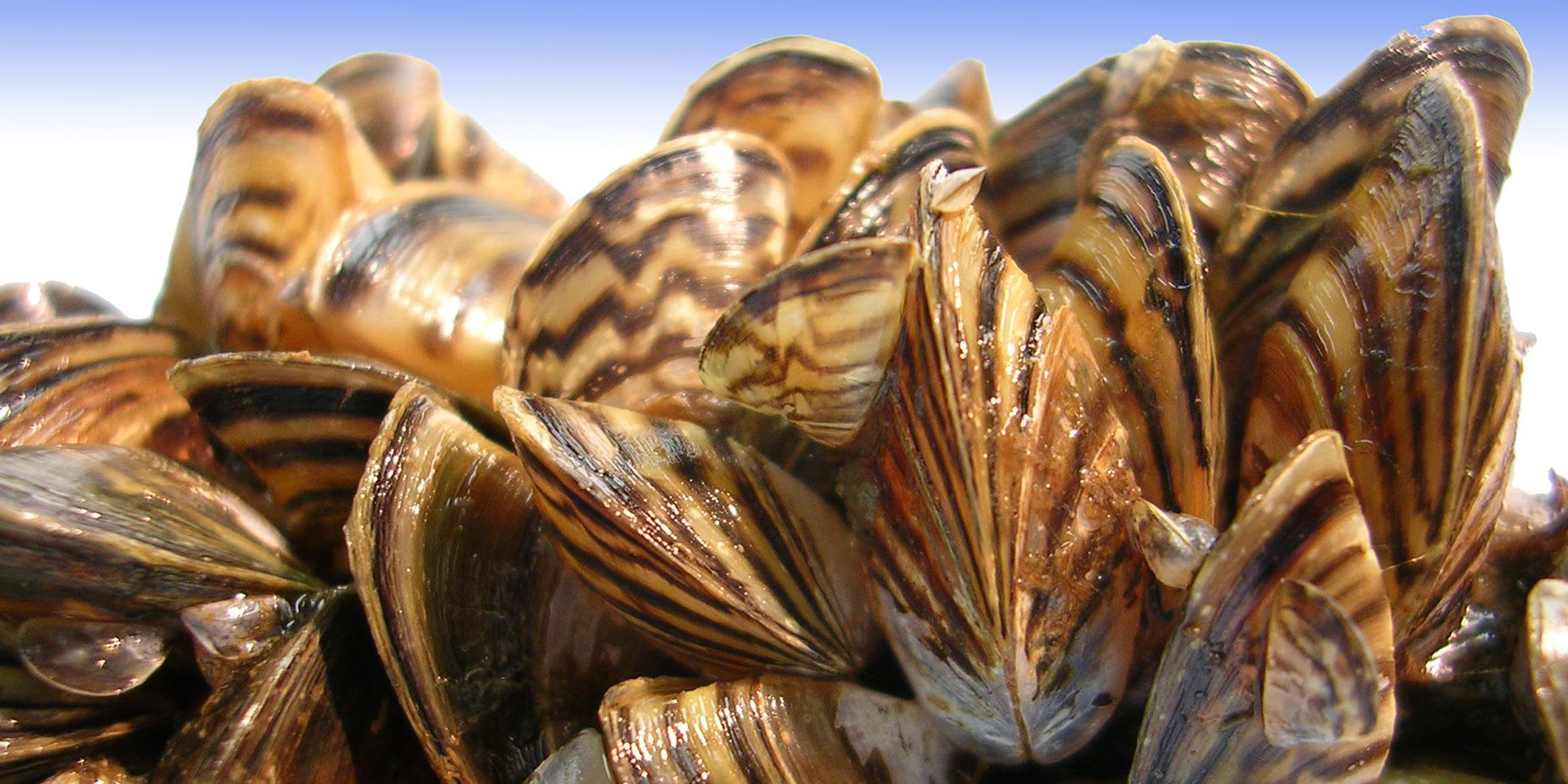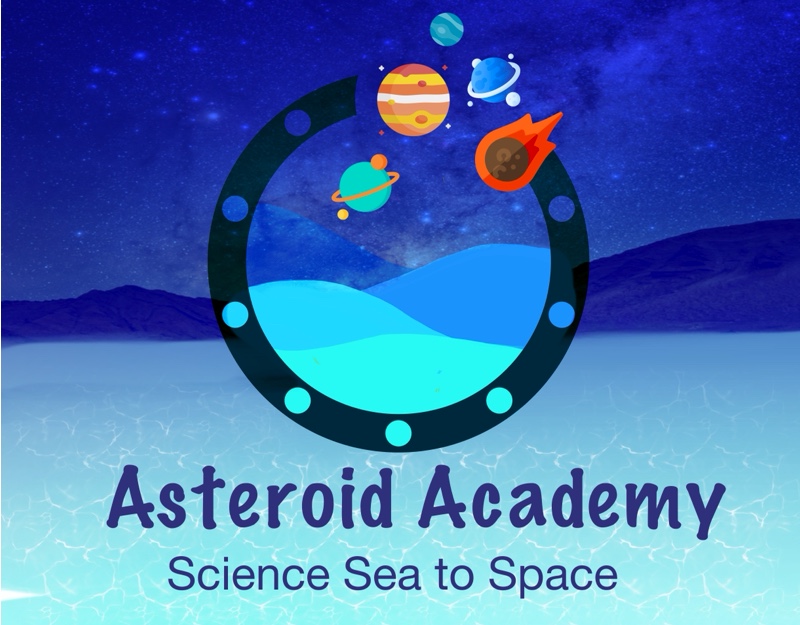
IVS.B | Invaders Around the Globe
Invaders Everywhere
No matter where you live in the world, there are invaders swimming off your coastline.
In every ocean of the world there are plants and creatures that don’t belong, creeping into habitats where where others live, hitching a ride on some of the most invasive species on the planet: the human being.
These species travel by finding their way into the ballast tanks of ships and boats, or by simply hooking themselves onto the hull of those same ships as they pass nearby, sometimes travelling thousands of miles from their natural environments. Breeding and reproducing along the way and spreading their offspring into environments they were never meant to live in, these adventurous creatures displace native species by consuming resources and altering the biosystems and ultimately even the economies of their adopted homes.
Another way these invaders move from one habitat to another is through us, or rather, through the purchase and sale of exotic species in the aquarium trade.
Nemo might be cute, but he can cause a lot of problems in places he doesn’t belong.
If you‘ve ever traveled overseas then you or your parents might have had to fill out a customs declaration form, ticking yes or no to whether you have brought any agricultural items with you. Why do governments care about this? Many items that seem harmless could be serious threats that are detrimental to local ecology, and to the economy.
 Well, there aren’t any customs declaration forms in the underwater world. Marine species often use the oceans to spread from one area to another, sometimes helped along or even started by human interference. Although it’s possible that this kind of migration can be harmless sometimes, often the invading species move to a region where they have no predators and are able to breed unchallenged, pushing out species which had previously lived in harmony with the delicate balance of the local ecosystem.
Well, there aren’t any customs declaration forms in the underwater world. Marine species often use the oceans to spread from one area to another, sometimes helped along or even started by human interference. Although it’s possible that this kind of migration can be harmless sometimes, often the invading species move to a region where they have no predators and are able to breed unchallenged, pushing out species which had previously lived in harmony with the delicate balance of the local ecosystem.
For example, one species that has popped up around the coral reef in the Aquarius Habitat is the Lionfish.
Lionfish
The lionfish is one of the most beautiful fish you’ll come across, but it’s also a very deadly one. Native to the Pacific Ocean, lionfish are causing serious issues in the Caribbean and off the coast of the Florida Keys. Having very few predators in the area means they are feeding unchecked and contributing to the destruction of coral reefs in the area.
One of the most amazing aspects of the lionfish is just how quickly they breed and spread. It’s thought that the red lionfish was first introduced to the east coast of the United States and the Caribbean Sea in the early to mid 1990’s, possibly very specifically in 1992 when Hurricane Andrew struck Florida and destroyed an aquarium…releasing six lionfish into Biscayne Bay – six, as in “one more than five” – but there was a lionfish discovered in Florida in 1985. It’s also possible that the problem was made worse by people who bought them because they were pretty, found out that they were a pain to maintain, and decided to release them into the ocean.
Side note: NEVER DO THIS! Don’t buy exotic animals if you haven’t spent a lot of time researching how to take care of them. Better yet, save the exotic animals for your local zoo or aquarium!
Let’s look at some more examples of invasive species, as well as what’s being done to combat them.
Curriculum Reference Links
- Biological World / Systems and Interactions / 5: Students should be able to conduct a habitat study; research and investigate the adaptation, competition and interdependence of organisms within specific habitats and communities
- Biological World / Sustainability / 10: Students should be able to evaluate how humans can successfully conserve ecological biodiversity and contribute to global food production; appreciate the benefits that people obtain from ecosystems




